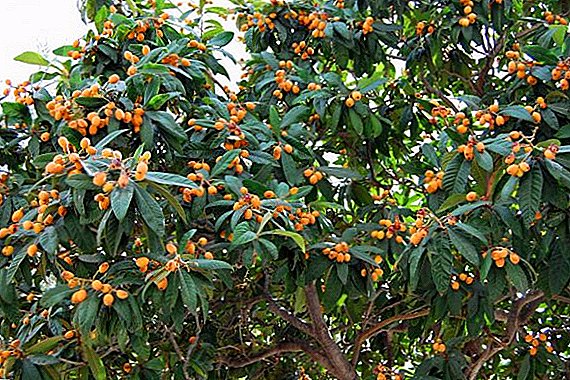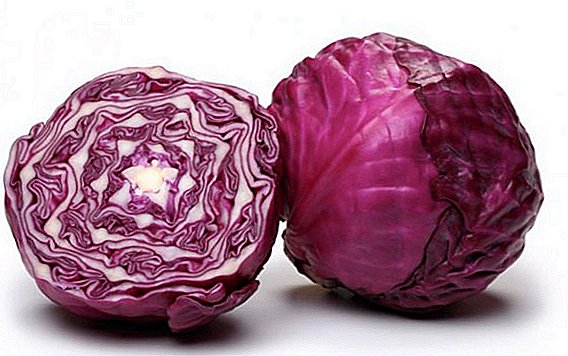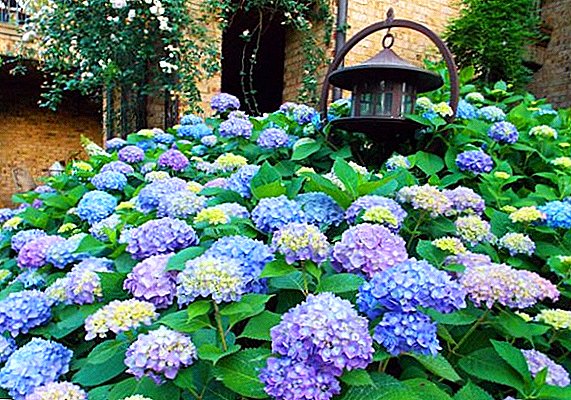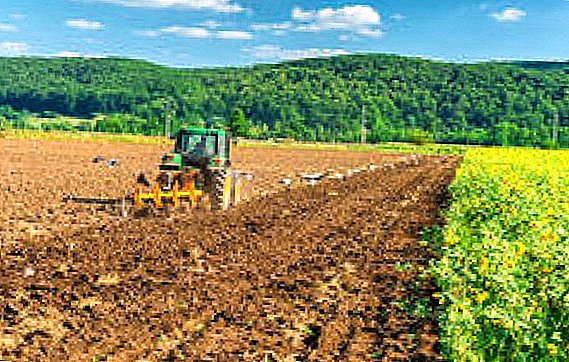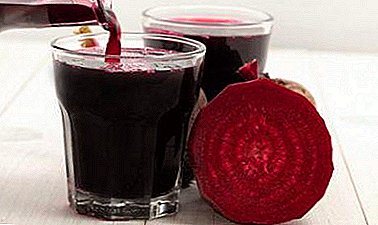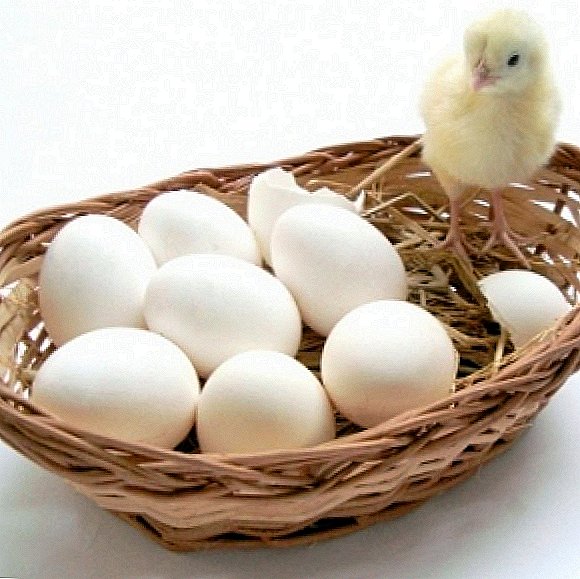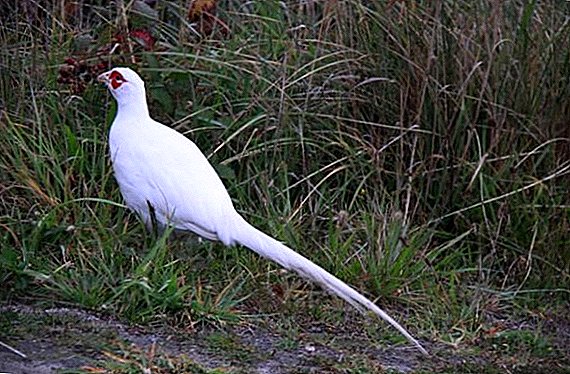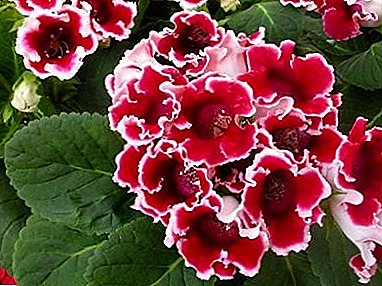
Inhabitants of the Latin American tropics - Gloxinia willingly breed vegetatively. New plants can be obtained from the stem, leaf with stem, parts of the leaf, and in some species - even from the peduncle. In addition, gloxinia propagated by dividing the tuber and seeds, which can be obtained by pollination in room conditions or purchased.
Seeds
To grow Gloxinia from seeds at home, a flowering period is needed to pollinate a plant artificially, using a soft brush. If pollination was successful, after the wilting of the petals a green fruit is formed, which in about three months turns into a dry box.
Small dusty seeds ripen unevenly in it, they are extracted in several stages. Germination persists for two to three years.
On sale there are seeds of various varieties gloxinia, prisoners, for ease of sowing and early germination, in granule shells.
Sowing Gloxinia seeds in January, February, March over the surface of the moist light soil mixture (sheet soil and sand) and cover with plastic wrap.
Air, moisturize and keep in a bright warm place (optimal temperature - 24-26 ºС). Shoots appear about in two weeks.
If sowing is thickened, seedlings are seated already at the stage of cotyledon leaves, at a distance of 2 cm from each other.
When one or two pairs of true leaves are formed, young gloxinia can be gradually removed from the "greenhouse" mode and transplanted into small "cactus" pots for further growth.
New plants obtained from seeds bloom about after seven months.
Leaf cutting
Harvest stalk from largewell developed leaves of the lower tier: cut a leaf with a stem of 1 cm. Than thicker petioleby that a larger tubercle formed from it.
Cut leaf can rooted beforehandby plunging in water only petiole. As the evaporation of water should be topped up. The roots are formed within two weeks, after which the leaf stalk is planted in light, loose soil.
You can immediately bypassing water rooting, to land leaf cutting in soil mix, dipping it in a piece of charcoal powder. In this case, the stalk is covered with a transparent plastic film, aerated, moistened and kept at a temperature not lower than 22ºС. Usually, roots are formed within 2-3 weeks, but to bloom the resulting gloxinia can in the same year.
With the help of a leaflet
A lifelike tropical plant can resurface in several instances even from one sheet.
To get new gloxinia in this way, separate the large leaf, notch his sharp blade across the largest veins from the bottom, put this side on the moistened soil, press and cover with plastic film.
With regular hydration. airing and temperature of 22-25ºС in the places of incisions form roots, and then nodules of future independent plants.
Can also cut the sheet across into 2-3 pieces, put them in a light soil mixture and rooted in a plastic hothouse at the same temperature.
Peduncle

Some gloxinium species successfully reproduce the peduncle. Him cut off after the flower fades and lower in water to a depth of 1-1.5 cm. At the same time, the peduncle should not touch the walls of the vessel. Water is added as necessary. Within a month, roots and nodules are formed, after which the future Gloxinia is planted for growing.
Stem handle
In the event that the plant forms many side shoots, their cut off and rooted same, like leaf cuttings - Preliminary in water, or immediately in a light soil mixture. Gloxinia stem stem blooms the same year.
Tuber division
If the tuber formed several shoots, him cut into pieces so that each fragment has its own escape. Treated sections with crushed charcoal, dried 3-4 days and planted in separate containers.
Conditions for the successful cultivation of young at home
New plants, especially those obtained from seeds, in the first winter can grow without a rest period. In this case, you need to take care of sufficiently warm content and optimal light mode with additional lighting.
However, this method of content is an exception to the general rule that all gloxinia have period of active development leaf and abundant flowering from March to Octoberalternating with time rest without leaves and roots within 3-4 months.
During the rest period, gloxinia tuber should be in a dark place with a temperature not lower than 10 degrees.
After waking up - sprouts occurring in January-February-March, the tuber is planted in a fresh, loose and nutritious soil mixture, kept in a bright warm place without intense sunlight and carefully watered around the edge of the pot so that the earth was wet, but the water is not stagnated.
The air around the plant is regularly sprayed or placed with a gloxinia pot on a tray with wet pebbles.
During the active growing season, weekly feed, alternating organic fertilizers with mineral fertilizers (minimum of nitrogen, potassium and phosphorus equally). In late autumn, when the last leaves turn yellow and wither, watering is stopped and the tubers are removed for storage.
Thus, young specimens form mature specimens that can give life to new generations of plants.
The viable children of the tropics — the gloxinia, breed by all means available to plants and, under proper conditions of detention, develop into abundantly flowering specimens with powerful foliage and large tubers.
A photo
Next you will see a photo of the breeding Gloxinia:




Useful materials
Below is a list of articles that may be useful to you:
- Plant Gloxinia
- Gloxinia bloom
- Diseases and pests Gloxinia
- How to care for Gloxinia in winter
- Types of Gloxinia


